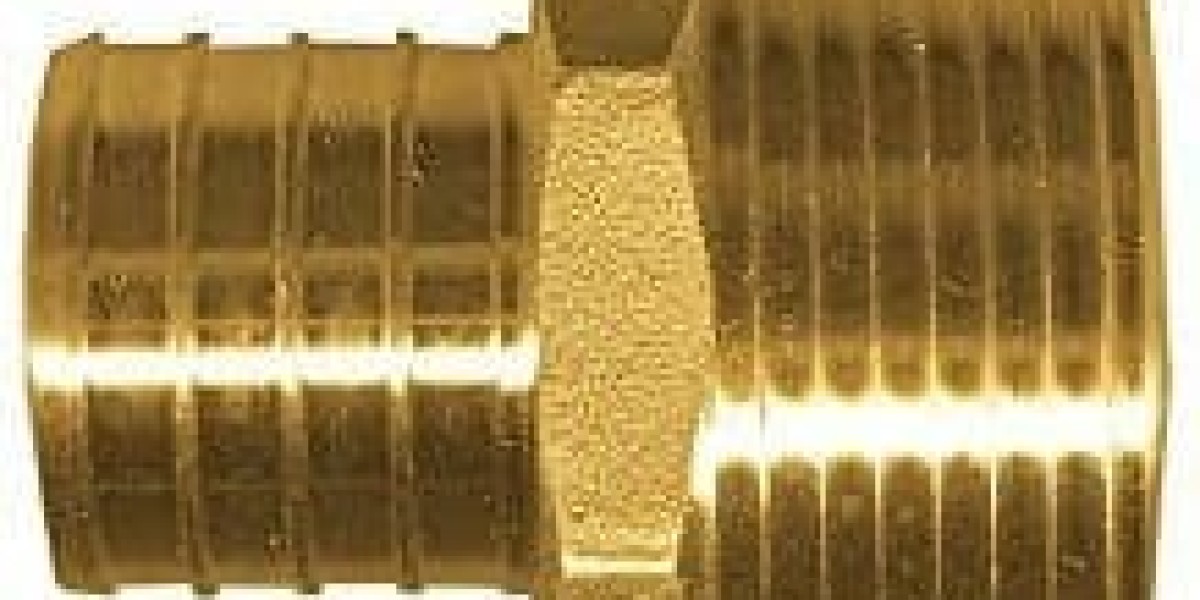PEX (cross-linked polyethylene) piping is one of the most popular materials used in plumbing systems today. Known for its flexibility, durability, and ease of installation, PEX is a favorite for both professional plumbers and DIY enthusiasts. However, to fully harness the benefits of PEX, understanding the different types of fittings for PEX pipe is essential. In this blog, we’ll explore everything you need to know about PEX pipe fittings, including their types, uses, and how to install them.
What Are PEX Pipe Fittings?
PEX pipe fittings are specialized components used to connect different sections of PEX pipes in plumbing systems. These fittings help join pipes at corners, turns, or branches, and they come in various shapes and sizes to accommodate a variety of plumbing needs. PEX fittings are designed to work with PEX pipes to create secure, leak-free connections that can withstand high pressure and temperature changes.
Types of PEX Pipe Fittings
There are several different types of PEX fittings, each with specific features and installation methods. Let’s break down the most common ones:
Crimp Fittings
Crimp fittings are one of the most traditional and widely used types of fittings for PEX pipe. This type of fitting requires a crimping tool to secure a copper or stainless-steel ring around the PEX pipe and fitting, ensuring a tight seal. These fittings are known for their durability and cost-effectiveness, making them a popular choice for residential plumbing systems.Clamp (Cinching) Fittings
Similar to crimp fittings, clamp fittings also use a stainless-steel ring, but they are secured using a cinching tool rather than a crimping tool. This method can be easier to use and provide a more consistent seal, making clamp fittings a preferred option for those who want reliable performance.Push-Fit Fittings
Push-fit fittings are one of the most convenient options for connecting PEX pipes, especially for DIY projects. These fittings don’t require any tools, which makes installation quick and easy. To use them, simply push the PEX pipe into the fitting, and it locks into place with an internal mechanism. Push-fit fittings are ideal for both temporary and permanent connections in areas where space and tools are limited.Expansion Fittings
Expansion fittings are used with PEX pipes that expand when heated. This fitting style uses a special tool to expand the end of the PEX pipe before inserting the fitting. Once the pipe cools and contracts, it forms a tight seal around the fitting. Expansion fittings are commonly used for larger plumbing systems and require specific tools for installation.Barbed Fittings
Barbed fittings feature ridges that grip the PEX pipe when it’s pushed onto them. These fittings typically use a hose clamp or crimp ring to secure the pipe. Barbed fittings are simple and effective, providing a secure connection with less effort than other types of fittings.
Benefits of PEX Pipe Fittings
PEX pipe fittings offer several key advantages over traditional plumbing materials, including:
- Ease of Installation: Many types of PEX fittings, such as push-fit and clamp fittings, require minimal tools, making them an excellent choice for DIY plumbing projects.
- Flexibility: PEX pipe itself is extremely flexible, so it can be bent and shaped without the need for additional fittings, reducing the number of joints and fittings needed.
- Cost-Effectiveness: PEX fittings tend to be more affordable compared to other materials like copper, and the reduced labor time for installation can lead to further savings.
- Durability: PEX pipe fittings are resistant to corrosion, scale buildup, and freezing, making them a long-lasting choice for both residential and commercial plumbing systems.
How to Install PEX Pipe Fittings
The installation process for PEX fittings depends on the type of fitting you're using. Generally, you’ll need to follow these steps:
- Cut the PEX Pipe: Use a sharp PEX cutter to make a clean, straight cut.
- Select the Right Fitting: Choose the correct fitting for your project, ensuring it matches the size and type of PEX pipe.
- Install the Fitting: Depending on the fitting type, you’ll either crimp, cinch, push, or expand the pipe onto the fitting.
- Test for Leaks: After installation, it’s essential to test your connections by running water through the system and checking for any leaks.
Conclusion
PEX pipe fittings are an essential component of any PEX-based plumbing system. Understanding the different types of fittings for PEX pipe, how to install them, and their benefits can help you make informed decisions for your plumbing projects. Whether you're replacing old pipes, installing a new system, or tackling a DIY plumbing repair, the right PEX fittings will ensure that your plumbing system is secure, durable, and reliable for years to come.








